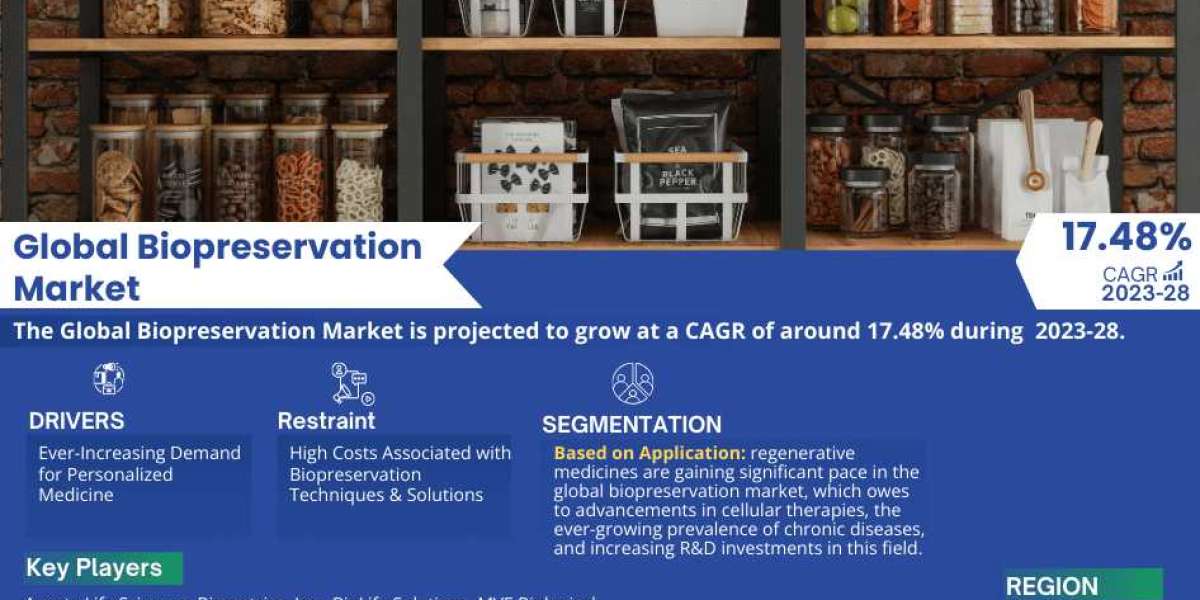In today's tech-driven world, businesses increasingly rely on mobile apps to engage with their audience and streamline operations. However, developing a high-quality mobile app can be an expensive and time-consuming endeavor. Many companies, especially startups and small businesses, face the challenge of creating an app that delivers value while staying within budget.
The good news is that it's possible to reduce mobile app development costs without sacrificing the quality of the final product. In this guide, we'll explore practical strategies that businesses can adopt to develop cost-effective apps while maintaining performance, usability, and user experience. If you're considering hiring a mobile app development service, these tips can help you get the most out of your investment.
1. Start with a Clear Vision and Roadmap
One of the biggest mistakes companies make when developing mobile apps is diving into the project without a well-defined plan. This can lead to scope creep, where new features are added mid-development, significantly increasing costs.
To avoid this, begin by clearly outlining the purpose of your app. Ask yourself:
- What are the core functions the app must perform?
- Who is your target audience?
- What are the primary features that will provide value to users?
Once you have answers to these questions, create a detailed roadmap that prioritizes these features. This roadmap should also include timelines, goals, and a clear project scope, ensuring everyone involved is on the same page from the outset.
2. Prioritize MVP (Minimum Viable Product) Development
Developing an app with all possible features from the start is costly and time-consuming. Instead, focus on building a Minimum Viable Product (MVP)—a version of your app with only the core functionalities that solve a specific problem for your users.
By launching an MVP first, you can gather feedback from users, test your app in real-world scenarios, and identify the features that matter most. This allows you to avoid spending money on unnecessary features while refining the app based on actual user needs. Once the MVP is live and performing well, you can gradually introduce additional features through updates.
3. Opt for Cross-Platform Development
Native app development (creating separate apps for iOS and Android) can significantly increase costs, as you’ll need two development teams working on two different codebases. A cost-effective alternative is cross-platform development, where a single codebase is used to deploy apps on multiple platforms.
Frameworks such as React Native and Flutter are popular for cross-platform development, allowing you to build high-quality apps for both iOS and Android at a fraction of the cost of native development. Cross-platform development also reduces the time required for coding, testing, and maintenance.
4. Use Pre-Built Modules and Third-Party Services
Many mobile app functionalities—such as user authentication, payment gateways, and push notifications—don’t need to be developed from scratch. Instead, you can leverage pre-built modules and third-party services that offer these functionalities.
For example:
- Firebase offers real-time databases, authentication, and cloud storage.
- Stripe and PayPal provide secure and reliable payment processing.
- OneSignal can be used for push notifications.
By integrating these ready-made solutions, you save time and money on development, allowing your team to focus on building the unique features that set your app apart.
5. Outsource to a Reliable Mobile App Development Service
Outsourcing your project to a professional mobile app development service can be a great way to reduce costs, especially if you hire a team from regions where development rates are lower. However, it’s crucial to find a balance between affordability and quality.
Look for a service that has a proven track record, offers transparent pricing, and communicates clearly throughout the development process. A skilled team will help you avoid common pitfalls, complete your project efficiently, and maintain high-quality standards. When outsourcing, always prioritize agencies or developers with experience in your industry and app requirements.
6. Automate Testing and QA Processes
Manual testing can be time-consuming and expensive, especially for large apps with multiple functionalities. To reduce costs, consider automating your testing and quality assurance (QA) processes. Automated testing tools like Selenium, Appium, and XCUITest can help you run extensive tests across different devices and platforms much faster than manual testing.
Automation ensures that bugs and issues are identified early in the development process, preventing costly fixes later. Automated tests can also be run continuously, allowing you to maintain a high standard of quality without increasing labor costs.
7. Focus on Simple and Scalable Design
When developing an app, it's easy to get carried away with complex design elements and user interfaces. While an attractive app is essential for user engagement, overcomplicating the design can lead to increased development time and costs.
Focus on creating a simple and intuitive design that delivers a seamless user experience. Start with essential elements such as easy navigation, responsive design, and quick-loading screens. Once your app gains traction, you can scale the design and add more advanced UI/UX elements based on user feedback and app performance.
A professional mobile app development service can help ensure that your design is both user-friendly and cost-effective.
8. Leverage Open-Source Tools and Resources
There is a wealth of open-source tools, frameworks, and libraries available to mobile app developers. Leveraging these resources can drastically reduce development costs without compromising quality. Open-source tools like React Native, Ionic, and Flutter allow developers to build robust, scalable apps at lower costs by using reusable components and community support.
Using open-source software doesn’t mean sacrificing quality—many large-scale applications use these tools successfully. However, it’s essential to work with developers who understand how to maximize the potential of open-source technologies while maintaining security and performance standards.
9. Streamline Communication and Collaboration
Efficient communication between stakeholders, developers, and designers is crucial for keeping development costs in check. Misunderstandings or lack of clarity can lead to delays, rework, and increased expenses.
Utilize project management and collaboration tools like Trello, Slack, or Asana to streamline communication. These platforms enable everyone involved in the project to stay updated on progress, share feedback, and resolve issues quickly. Clear communication ensures that the development stays on track and within budget.
10. Post-Launch Support and Maintenance
The launch of your app is just the beginning. Regular updates, bug fixes, and maintenance are essential to ensure your app remains functional and relevant over time. However, post-launch maintenance can add to long-term costs.
To minimize these costs, plan for maintenance right from the start. Set aside a portion of your budget for updates, and work with your mobile app development service to implement a maintenance plan. Regular maintenance not only keeps your app running smoothly but also helps prevent larger, more expensive issues from arising in the future.
Conclusion
Developing a high-quality mobile app doesn’t have to break the bank. By prioritizing the essential features, leveraging cross-platform frameworks, and working with the right tools and services, businesses can create apps that deliver value without overspending. Partnering with a reliable mobile app development service ensures that you maintain quality throughout the process while optimizing costs.
If you're looking for expert mobile app development services that balance affordability with top-tier quality, visit our website to learn more about how we can help you create a cost-effective, high-performance mobile app.








